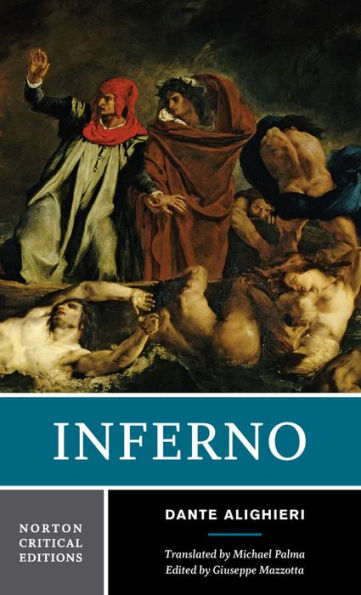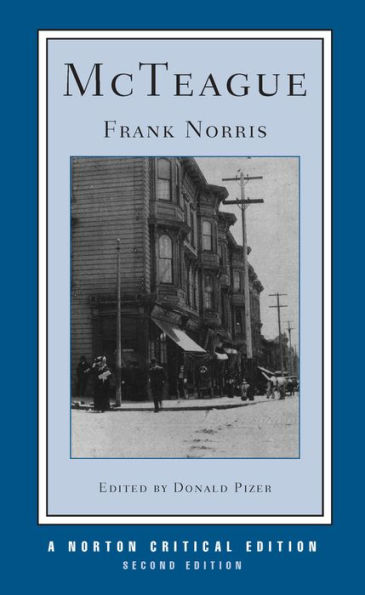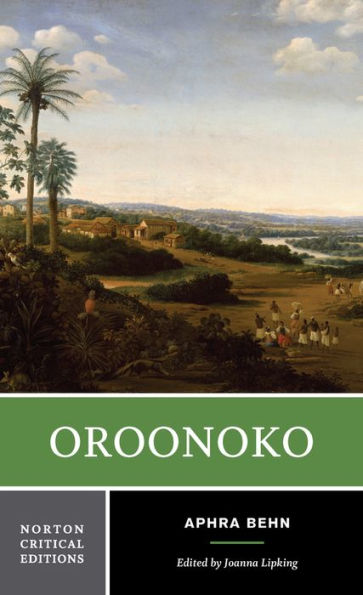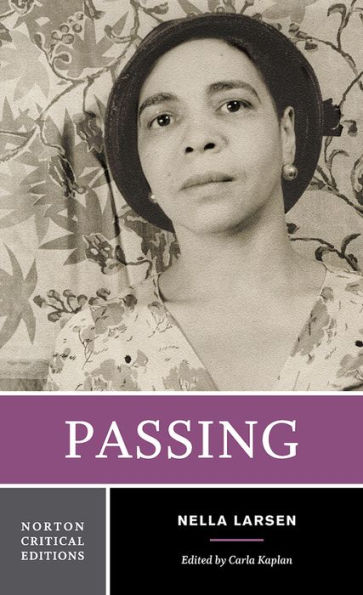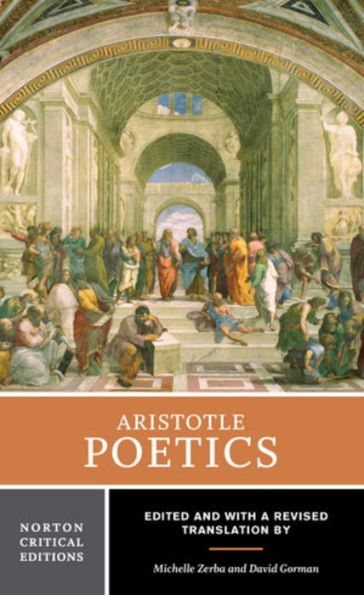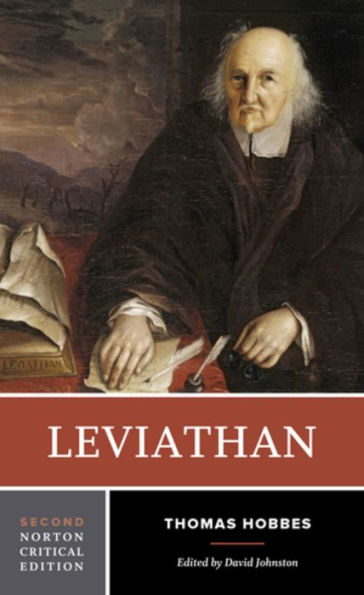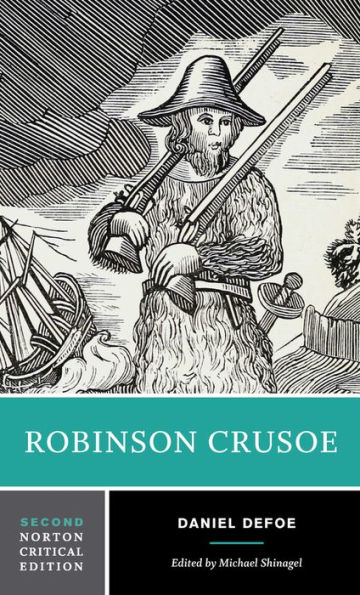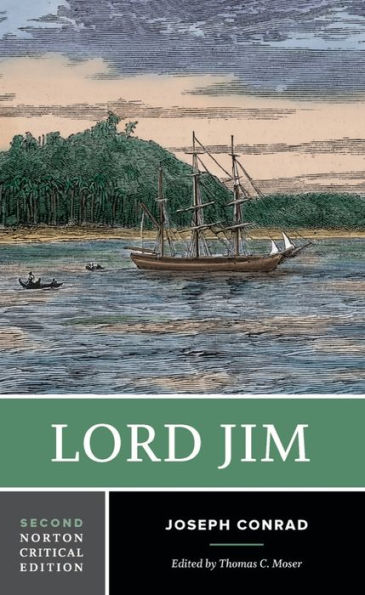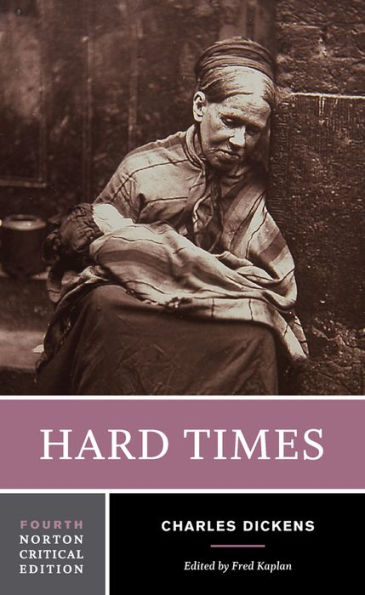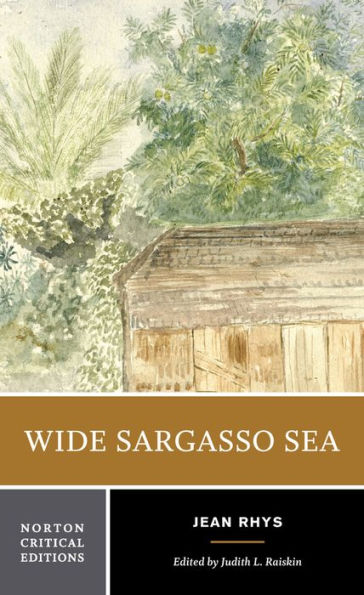Home
Ragged Dick, or, Street Life in New York with Boot Blacks: A Norton Critical Edition / Edition 1
Barnes and Noble
Ragged Dick, or, Street Life in New York with Boot Blacks: A Norton Critical Edition / Edition 1
Current price: $20.60
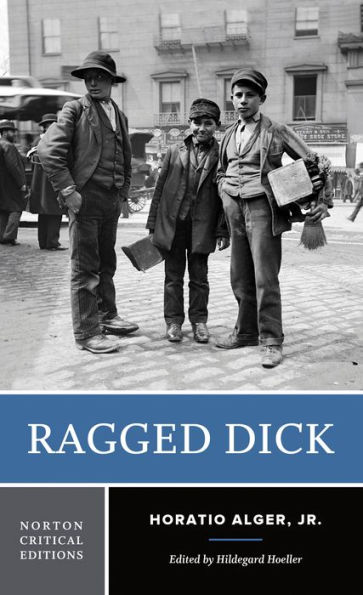

Barnes and Noble
Ragged Dick, or, Street Life in New York with Boot Blacks: A Norton Critical Edition / Edition 1
Current price: $20.60
Size: OS
Loading Inventory...
*Product information may vary - to confirm product availability, pricing, shipping and return information please contact Barnes and Noble
Ragged Dick; or, Street Life in New York with the Boot Blacks
is arguably the best known of Horatio Alger’s American rags-to-riches stories.
It is canonical as a cultural text, rather than a purely literary one, as this Norton Critical Edition reflects. An extensive “Contexts” section includes maps, photographs, and documents showing how and why Alger used the backdrop of New York City to highlight problems of urban poverty, immigration, and child labor in mid-nineteenth century America. “Criticism” is thematically organized around contemporary reviews and responses, the heated public debate about whether Alger should be available in American public libraries, parodies of and related responses to Alger, and four recent critical essays by Mary Wroth Walsh, Glenn Hendler, Michael Moon, and Hildegard Hoeller.
is arguably the best known of Horatio Alger’s American rags-to-riches stories.
It is canonical as a cultural text, rather than a purely literary one, as this Norton Critical Edition reflects. An extensive “Contexts” section includes maps, photographs, and documents showing how and why Alger used the backdrop of New York City to highlight problems of urban poverty, immigration, and child labor in mid-nineteenth century America. “Criticism” is thematically organized around contemporary reviews and responses, the heated public debate about whether Alger should be available in American public libraries, parodies of and related responses to Alger, and four recent critical essays by Mary Wroth Walsh, Glenn Hendler, Michael Moon, and Hildegard Hoeller.
